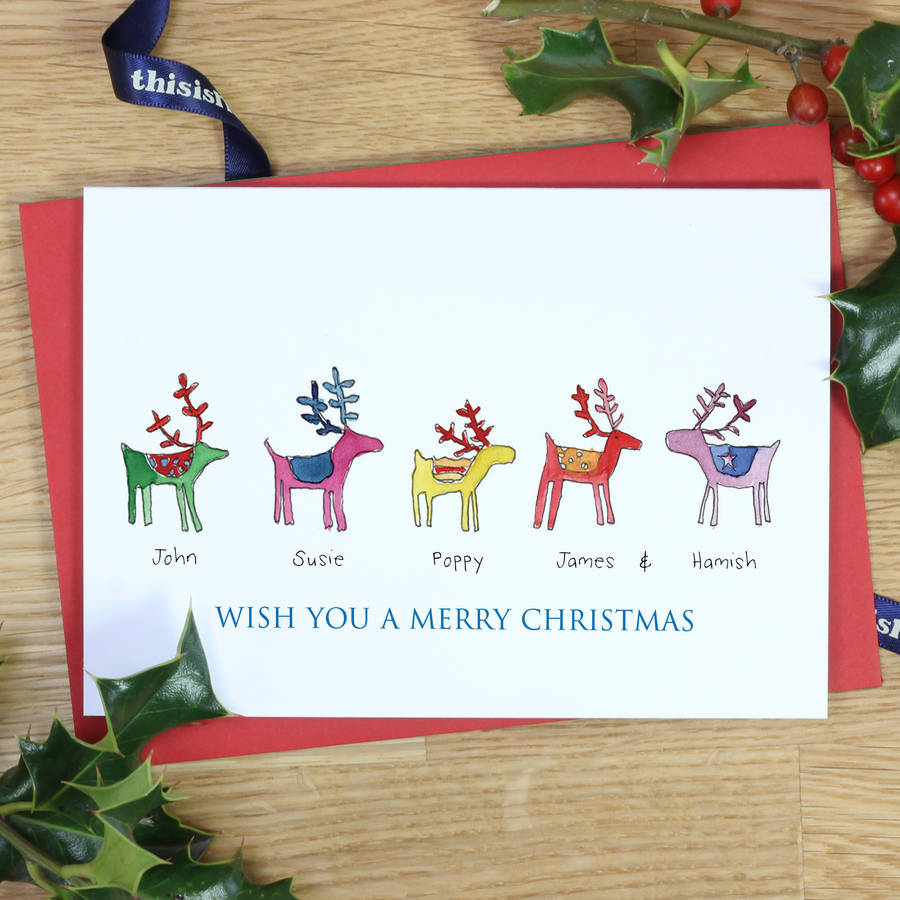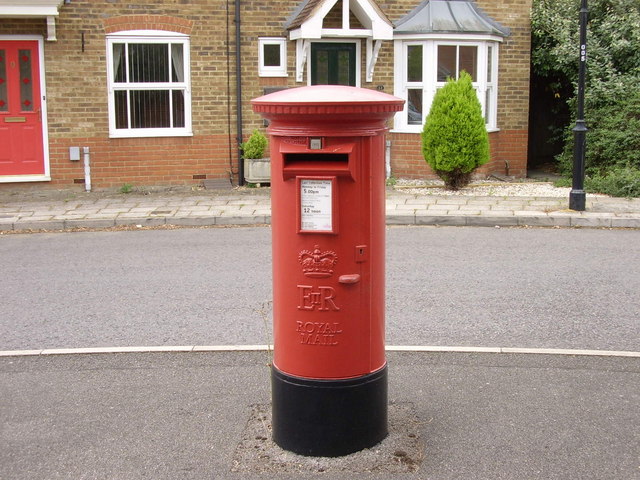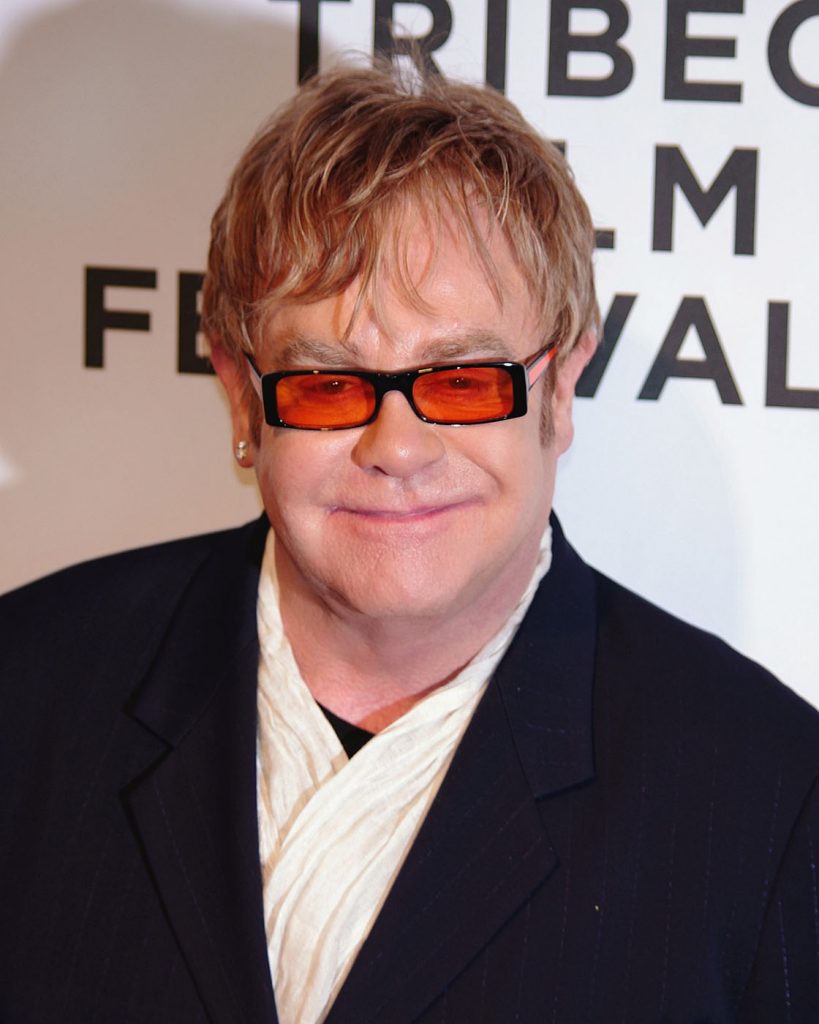Si has estado en el Reino Unido, seguro que has visto los famosos buzones rojos. Son un símbolo en el Reino Unido, un símbolo recientemente privatizado por parte del Gobierno Británico, aduciendo que es necesario que la empresa sea privada para que pueda llevar a cabo la reestructuración que es imprescindible para su supervivencia, dado que las nuevas tecnologías han hecho el negocio del envío de cartas obsoleto, pues quién manda cartas hoy en día pudiendo mandar un correo electrónico, un twitt, etc.
Royal Mail es parte de la simbología británica, sus orígenes están en 1516, cuando fue fundada por Enrique VIII, de hecho se llama “Royal” porque hasta que Carlos I lo abrió a todo el mundo, era el servicio postal del Rey.
El gobierno ha impuesto a los nuevos propietarios que el servicio postal en el Reino Unido siga siendo universal, eso significa que lo que te cuesta mandar una carta o un paquete dependa del peso, del tamaño y de cuando quieres que llegue, no del destino. Te cuesta lo mismo mandar algo al vecino que al lugar más recóndito de Escocia. Era el típico ejemplo del Bien Público, en el que la parte del servicio que da beneficio (repartir en lugares de alta densidad de población como Londres) paga las pérdidas de otras partes del servicio. El objetivo de la compañía era proporcionar al ciudadano un servicio, no lograr un beneficio.
ROYAL MAIL
If you have been to the United Kingdom, you have surely seen the famous red postboxes. They are a symbol in the UK, recently privatized by the British government, stating that it was necessary for the company to be private, so that the restructuring, essential for its survival, could be achieved. Why was this absolutely essential? Because lately, due to the new technologies, sending letters has fallen into disuse as those, who were used to sending letters, can send an email, twitt…etc.
The Royal Mail is one of the most famous British landmarks. It was founded by Henry VIII, in 1516. In fact it is called `Royal´ because it had been at that king´s service until 1635, when Charles I made it available to the public.
The government has required the Royal Mail to guarantee the maintenance of the universal service; this means that items-letters and parcels- can be sent to any location within the UK for a fixed price, not depending on the weight, size or distance. You just pay the same if you send something to your neighbour or to somebody in the depths of Scotland.
The Royal Mail is the typical example of public welfare because part of the service, which is profitable (the delivery of items in places with high density of population such as London), pays the loss in other sectors of the service. The aim of the company is to provide citizens with a service, not to make a profit.









